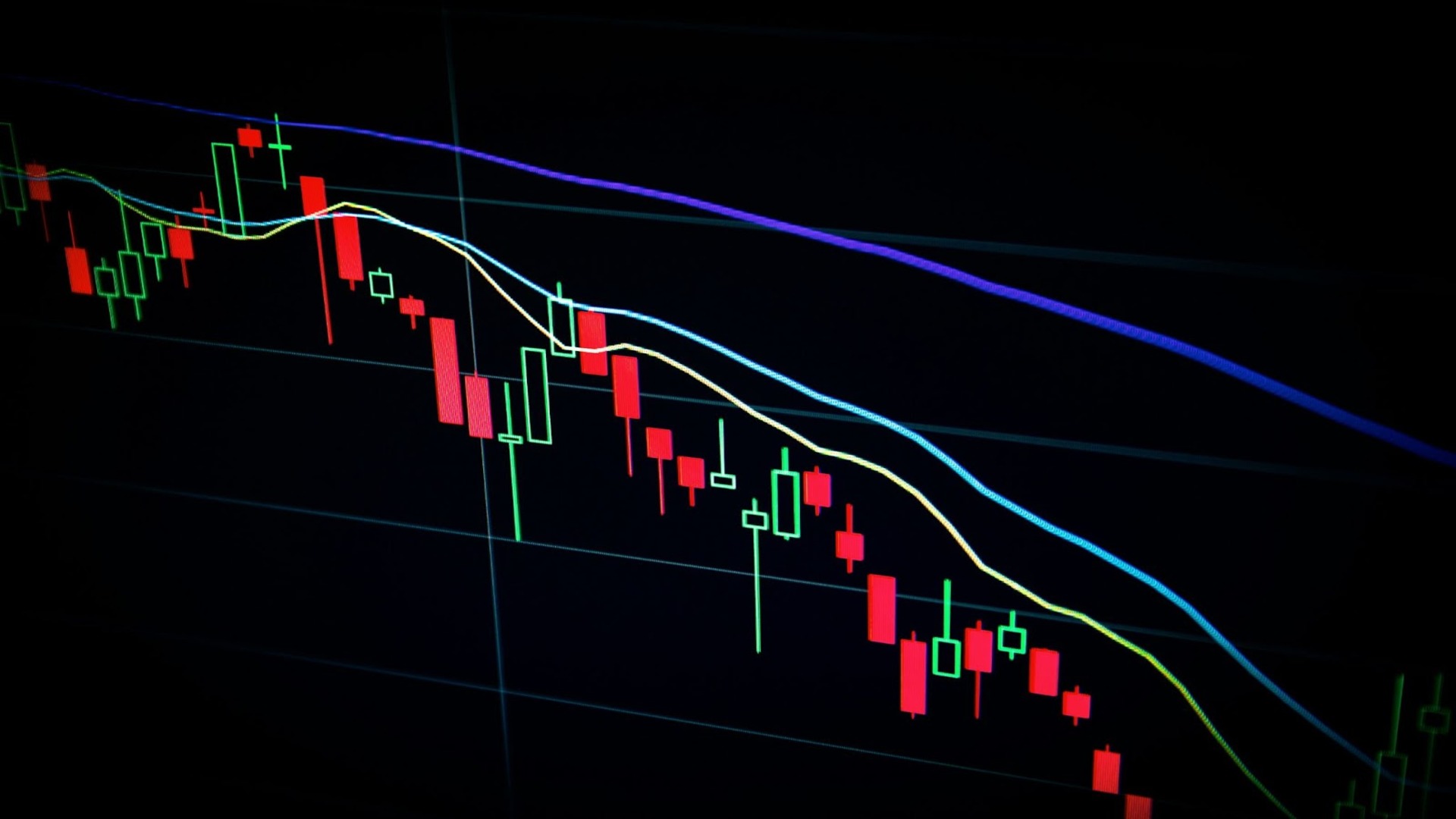 CaryptosHeadlines Media Has Launched Its Native Token CHT.
Airdrop Is Live For Everyone, Claim Instant 5000 CHT Tokens Worth Of $50 USDT.
Join the Airdrop at the official website,
CryptosHeadlinesToken.com
CaryptosHeadlines Media Has Launched Its Native Token CHT.
Airdrop Is Live For Everyone, Claim Instant 5000 CHT Tokens Worth Of $50 USDT.
Join the Airdrop at the official website,
CryptosHeadlinesToken.com
Tether has been aggressively minting USDT over the last few months, contributing to global stablecoin marketcap growth.
Its dominance in the segment is undeniable, with investment ballooning to the extent that it is playing in the big leagues alongside countries.
Tether USDT pushed to a new all-time high of $143.92 Billion in the last 24 hours according to Coinmarketcap.
This growth also propelled the global stablecoin marketcap to new territory. It peaked at $233.931 Billion as of April 1st, after almost doubling in the last 48 months.

Stablecoin growth across the market has been on a steady uptrend since November 2023.
This was around the same time that the crypto bull market started gaining traction. Therefore, the stablecoin growth was as a result of demand.
Tether Among the Top U.S. Treasuries Investors in 2024
Countries are traditionally the biggest investors or holders when it comes to U.S. treasury bills. However, institutions too have been known to invest in treasury bills and Tether is one of them.
The latest data revealed that Tether invested roughly $33.1 Billion in treasury bills last year.
This made it the 7th largest investor among the countries that purchased U.S. T-bills.

Tether purchased more treasury bills than some countries including Canada, and Germany.
This puts Tether’s financial muscle into perspective, as well as revealing how the company has been using its funds.
The T-bills purchase is part of Tether’s plan to continue expanding its reserves with real-world assets.
USDT Minting Maintains Aggressive Growth
USDT’s aggressive minting has allowed it to achieve strong marketcap growth over the last few months.
This has also been the case so far this month, and it has allowed the stablecoin to push to new highs.
USDT (green) and USDC (blue) were the fastest-growing stablecoins in the last 2 years.
Although USDC has been putting up a strong growth pace, it pales in comparison to USDT’s dominance.

USDC stablecoin marketcap surged to a $60.087 Billion high.
USDT’s marketcap was around 2.4 times higher, suggesting that Circle has a long way to go before it can pose a challenge to Tether.
The robust stablecoin growth is not a surprising outcome. Stablecoin issuers have been positioning themselves to benefit as the market matures.
This is because more crypto adoption requires broader liquidity to achieve a decent level of market efficiency.
In addition, stablecoin demand tends to go up especially when the markets are in a tumultuous state or during a bearish period.
This is because investors sell their coins in exchange for stablecoins which they can then deploy once demand starts to pick.
The current state of the market matches that criteria and hence the stablecoin growth.












